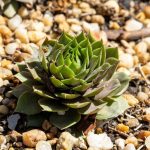Intrigued by the idea of incorporating succulents with rocks in your garden or using rocks as the base for your succulent bowl planting? Curious if your succulents will thrive in this setup? In this comprehensive guide, we delve into the world of planting succulents in rock beds or rock-filled containers to reveal the facts you need to know.
Popular worldwide for their striking appearance and low maintenance requirements, succulents flourish in well-draining, sandy soil commonly found in rock gardens under the scorching summer sun. These versatile plants also make stunning container features, whether on a sunny windowsill or a patio.
Given their hardiness and natural habitat preferences, many gardeners wonder about the feasibility of planting succulents in rocks and whether they can reach their full growth potential in such conditions. Let’s explore the longevity of succulents in rocky environments and how to ensure optimal growth.
Succulent Care
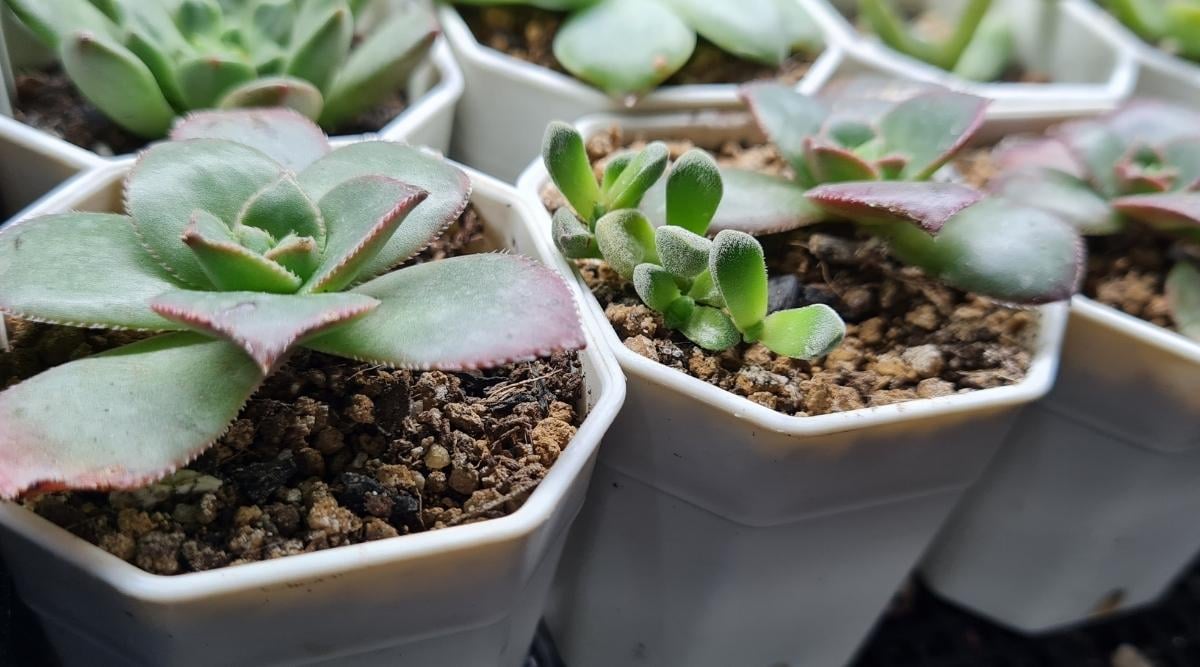

Succulents require minimal attention when grown in appropriate conditions. For ideal growth, they need sandy or rocky, highly-draining soil.
These plants store water in their leaves, giving them a plump, fleshy look. Their water retention ability means infrequent watering is sufficient. However, overwatering can lead to issues, as surplus water can harm the plant by causing root and leaf damage. Ensuring proper drainage is crucial to avoid such problems.
When cultivating succulents in containers, a mix of standard potting soil with added river sand, bark, or rocks aids drainage improvement.
Can Succulents Grow In Rocks Without Soil?
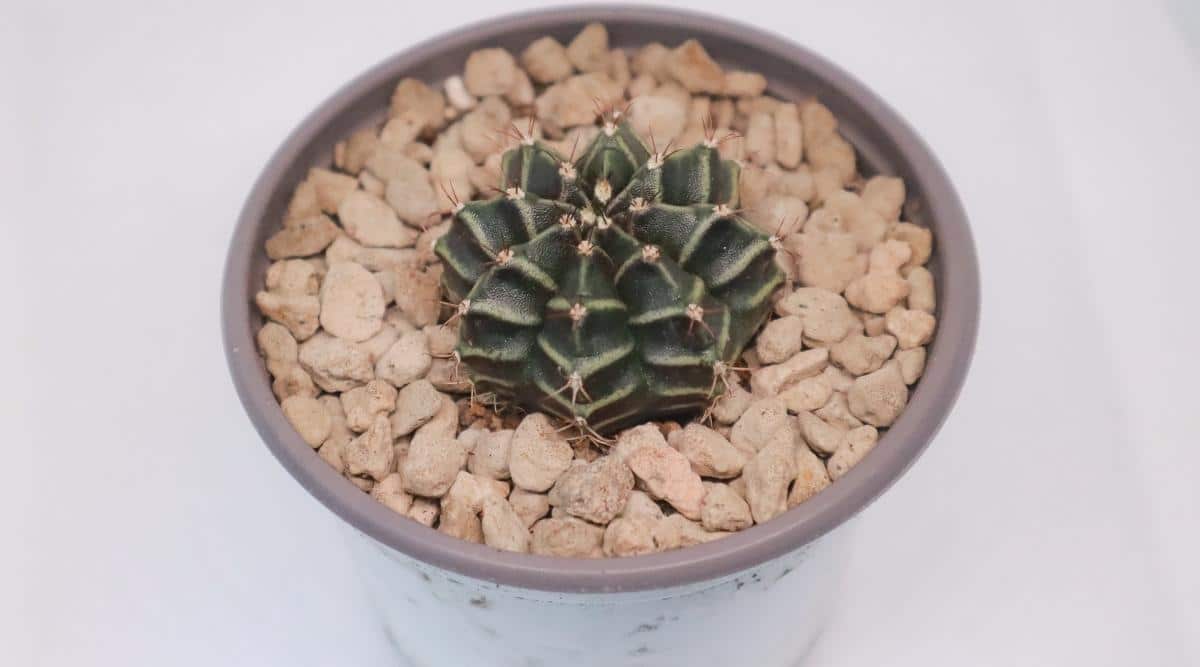

It may seem logical for succulents to thrive in rock-filled environments due to their water-maintaining ability and excellent drainage. However, the absence of soil means they lack necessary nutrients for growth. Key macro- and micronutrients like nitrogen, phosphorus, potassium, zinc, and iron are essential for their development. Rocks do not release nutrients at a rate sufficient to sustain succulents, and their moisture retention is inadequate, rendering long-term growth unfeasible.
Regrettably, succulents cannot prosper in rocks without soil over an extended period. While they might survive temporarily on stored resources, consistent plant care is essential for their survival.
How To Get It Right
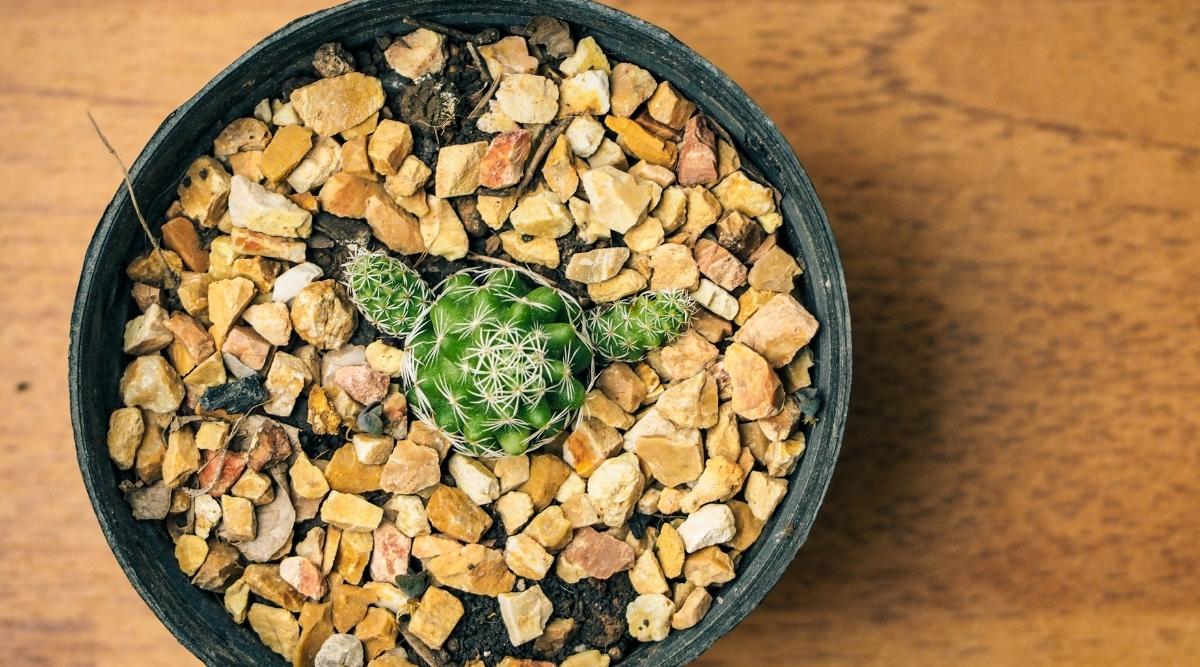

While succulents cannot subsist solely in rocks, you can create the appearance of rock-grown plants. In regular pots, after planting your succulent in suitable potting mix, top the soil with a layer of rocks for an authentic rock-garden aesthetic.
This method is also applicable for outdoor landscaping, making succulents ideal for drought-resistant garden designs like xeriscapes.
Terrariums
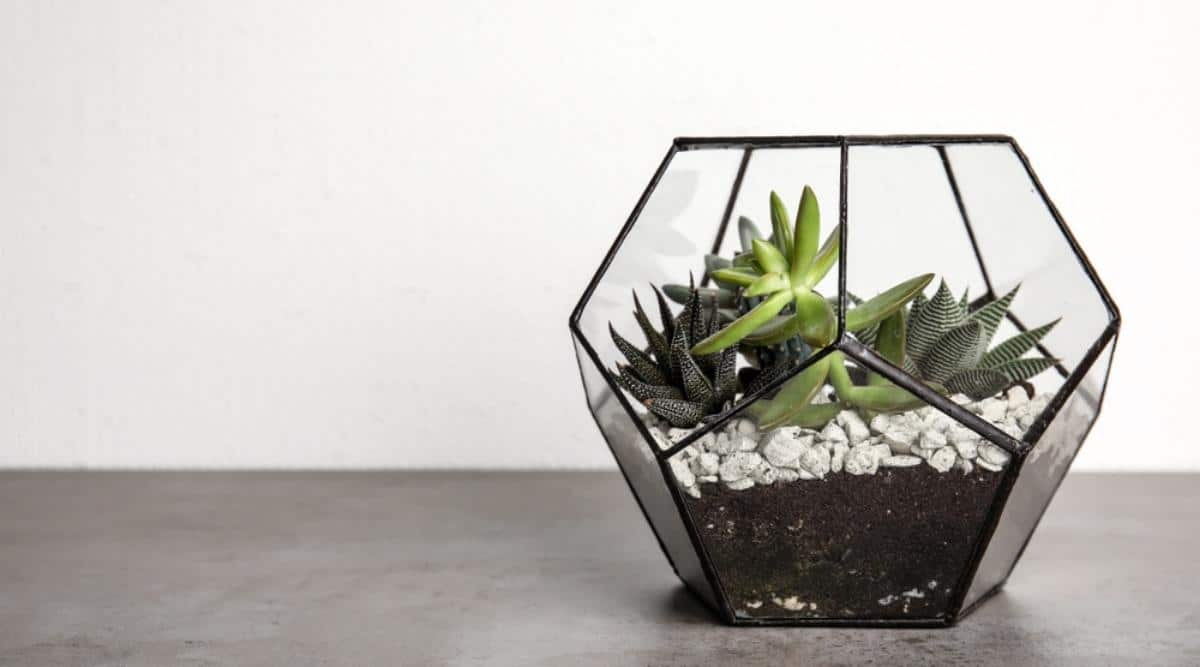

Planting succulents in glass jars or terrariums presents challenges due to the limited drainage in such containers, making it necessary to
Tips For Hiding The Soil
One common issue with succulents is the visibility of soil in their containers, making it challenging to maintain their aesthetic appeal. To resolve this, consider starting with coarse rocks at the bottom of the pot. This not only conceals the soil but also prevents waterlogging near the roots. After placing a layer of soil in the center, position your succulent ensuring it is well-covered, allowing the roots to expand into the surrounding soil.
Instead of filling the gaps with more soil, opt for using the same rocks placed at the bottom. This technique camouflages the soil at the center, creating an illusion that the plants are flourishing amidst rocks.
When planting succulents in glass containers, always keep the container open to prevent moisture buildup that can harm the plants. Position the open side towards sunlight to prevent leaf scorching due to concentrated sunlight exposure.
To ensure optimal growth, select suitable soil for your succulents. Acquire a specialized succulent mix from a reliable nursery or create your blend by combining potting soil with river sand and fine gravel. This ensures that the plants receive essential nutrients without the risk of becoming waterlogged.
The Perfect Alternative


If concealing soil seems like a daunting task, an alternative solution is using expanded clay pebbles, also known as LECA. These pebbles resemble rocks but can absorb water and nutrients, providing them to the plants gradually as needed.
Expanded clay pebbles offer numerous benefits, including moisture regulation and reduced maintenance requirements. They are particularly suitable for gardeners who tend to over-water succulents as they absorb water only when necessary and eliminate drainage concerns when using glass containers.
Although slightly more expensive, clay pebbles offer the same visual appeal as rocks and are reusable for other plants after washing. To plant succulents in clay pebbles, remove existing soil around the roots and place them in a glass container without drainage holes filled with pebbles. Add a small amount of water and provide sufficient sunlight for optimal growth.
Remember, as a hydroponic medium, clay pebbles do not contain nutrients. It is essential to supplement the plants with diluted liquid fertilizer or hydroponic nutrients added to the water to support their growth.
Final Thoughts
Succulents, although visually appealing in rocks, require soil for proper growth and sustenance. Fortunately, there are several methods to conceal the soil effectively without compromising plant care. Alternatively, consider using clay pebbles as a practical and aesthetically pleasing alternative to rocks, providing your plants with the necessary support for healthy development.

